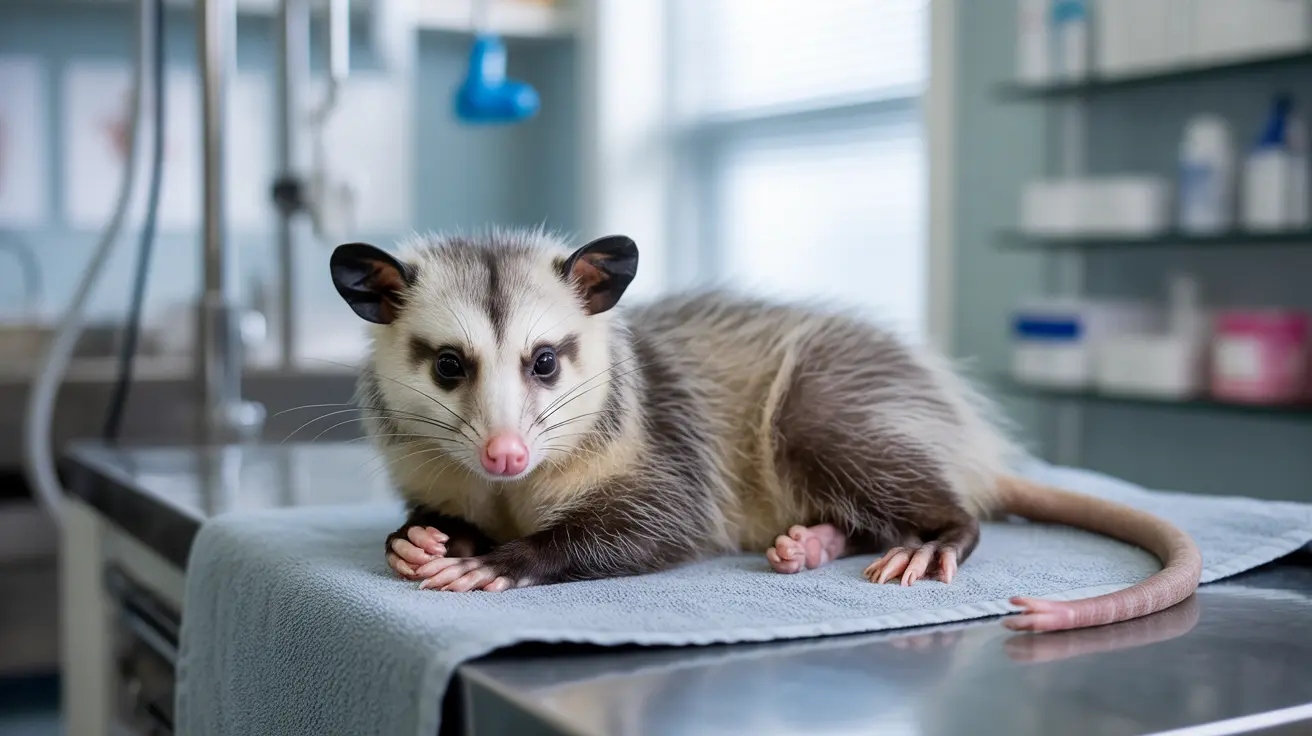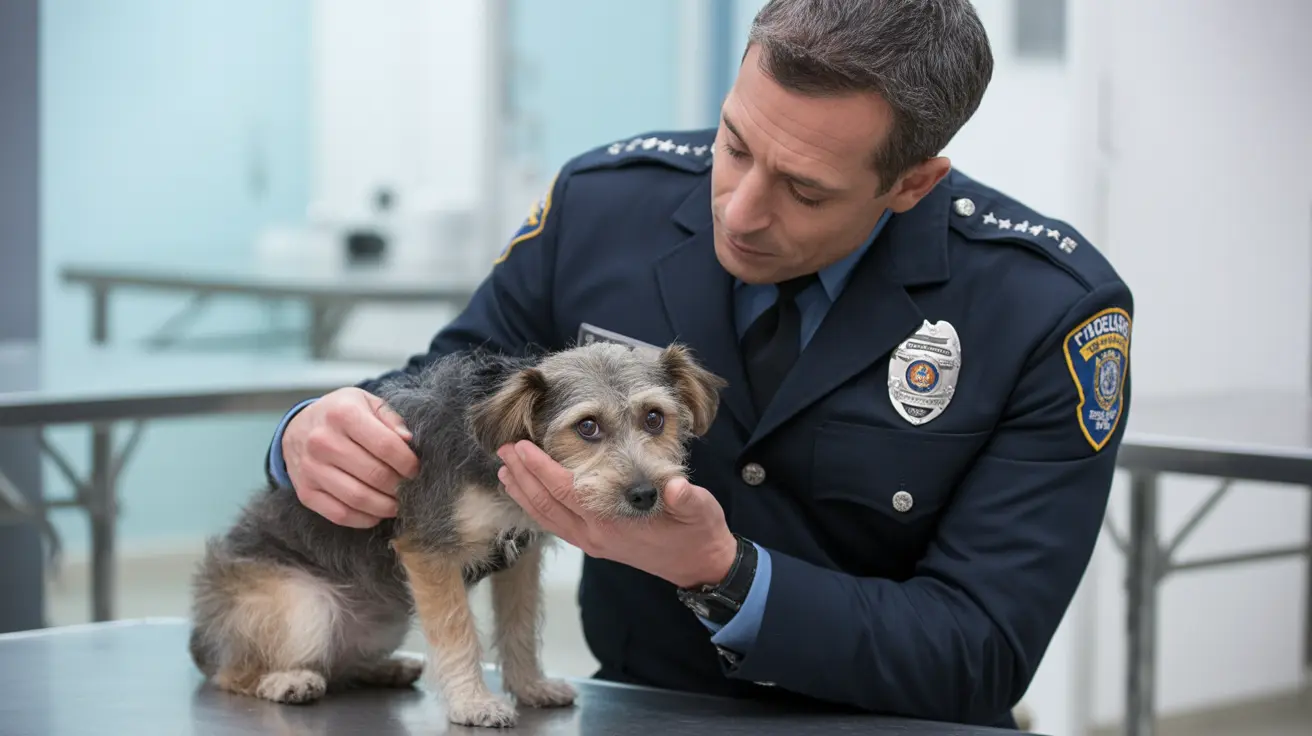Cons of Owning an Old English Sheepdog
The Old English Sheepdog, often called the Bobtail, is a striking, fluffy, and endearing breed known for its iconic shaggy coat and clownish charm. While there are many admirable qualities associated with this dog, potential owners should be well-informed about the challenges that come with its companionship. Below we explore the primary drawbacks to help families make informed decisions.
1. Intensive Grooming Needs
One of the most defining features of the Old English Sheepdog is its thick, double-layered coat. However, this beautiful coat comes with high maintenance:
- Daily brushing is required to prevent painful mats and tangles.
- The dense undercoat traps debris, burrs, and moisture, which can lead to skin conditions if not properly maintained.
- Professional grooming is commonly needed and can be costly.
- While not a heavy shedder, the breed does release fur seasonally, especially if not groomed regularly.
2. Prone to Numerous Health Issues
Old English Sheepdogs are genetically predisposed to various health problems, including:
- Hip dysplasia – Can cause chronic pain and reduced mobility.
- Gastric dilatation-volvulus (bloat) – A potentially fatal condition requiring immediate surgery.
- Hereditary eye diseases such as cataracts and progressive retinal atrophy.
- Congenital deafness – Occurs in some puppies.
- Hypothyroidism, mange, and skin allergies.
- Heart disease, diabetes, cancers (lymphoma, osteosarcoma), and liver abnormalities.
3. High Exercise Requirements
Despite their cuddly appearance, Old English Sheepdogs were bred for herding and retain abundant energy:
- They need at least 1–2 hours of vigorous daily exercise.
- Lack of physical and mental stimulation often leads to destructive behavior.
- Not ideal for apartment living or sedentary households.
4. Tendency to Overheat
While these dogs tolerate cold and wet weather exceptionally well, their thick coats can cause problems in warm climates:
- They are vulnerable to heat exhaustion and overexertion.
- Outdoor activity in high temperatures should be minimized.
- Owners need to monitor hydration and signs of stress daily during summer.
5. Size and Space Requirements
Old English Sheepdogs are large and powerful, which brings logistical considerations:
- Males can weigh up to 100 pounds and stand over 22 inches tall at the shoulder.
- They need a spacious, fenced yard for safe daily play.
- Their size makes them less suitable for families with small children or in compact homes.
6. Behavioral Challenges
Though affectionate and playful, Old English Sheepdogs can be headstrong:
- May attempt to herd children and other pets due to its drover instincts.
- A loud, deep bark used for alerting or controlling animals may emerge as nuisance barking if not managed.
- Requires early socialization and consistent training to prevent behavioral issues.
- Can develop separation anxiety if left alone frequently.
7. Not Hypoallergenic
Despite myths, Old English Sheepdogs are not hypoallergenic:
- They shed dander and fur, especially during seasonal transitions.
- This may trigger allergic reactions in sensitive individuals.
8. Lifespan and Ongoing Commitment
Their lifespan of 10–12 years, sometimes reaching up to 14, comes with an intense daily commitment:
- Owners must dedicate time daily for grooming, physical activity, and interaction.
- Vet visits and potential treatments for inherited conditions can be financially demanding.
Conclusion
While Old English Sheepdogs are cheerful, intelligent, and loyal dogs that thrive in the right environments, they are not suitable for everyone. Their demanding grooming routine, health risks, and high activity requirements necessitate a committed, experienced owner with time, space, and resources. For those who can meet their needs, the Old English Sheepdog can be a playful and devoted lifelong companion.





